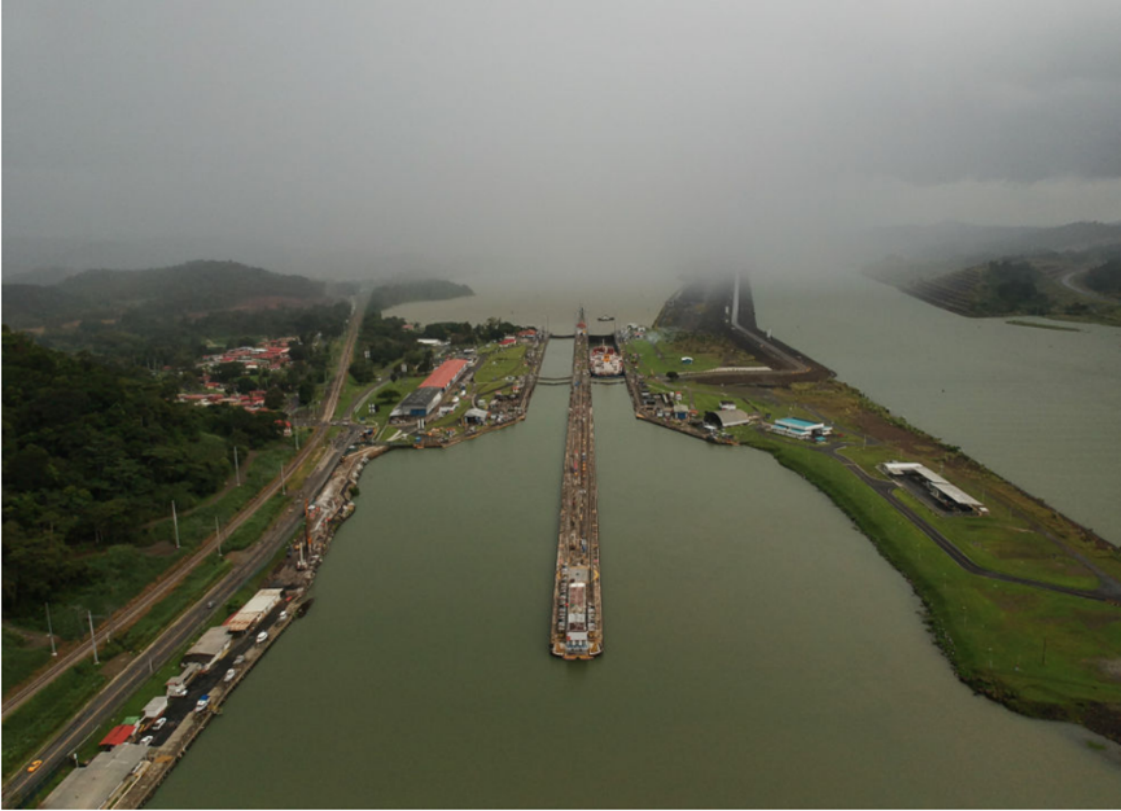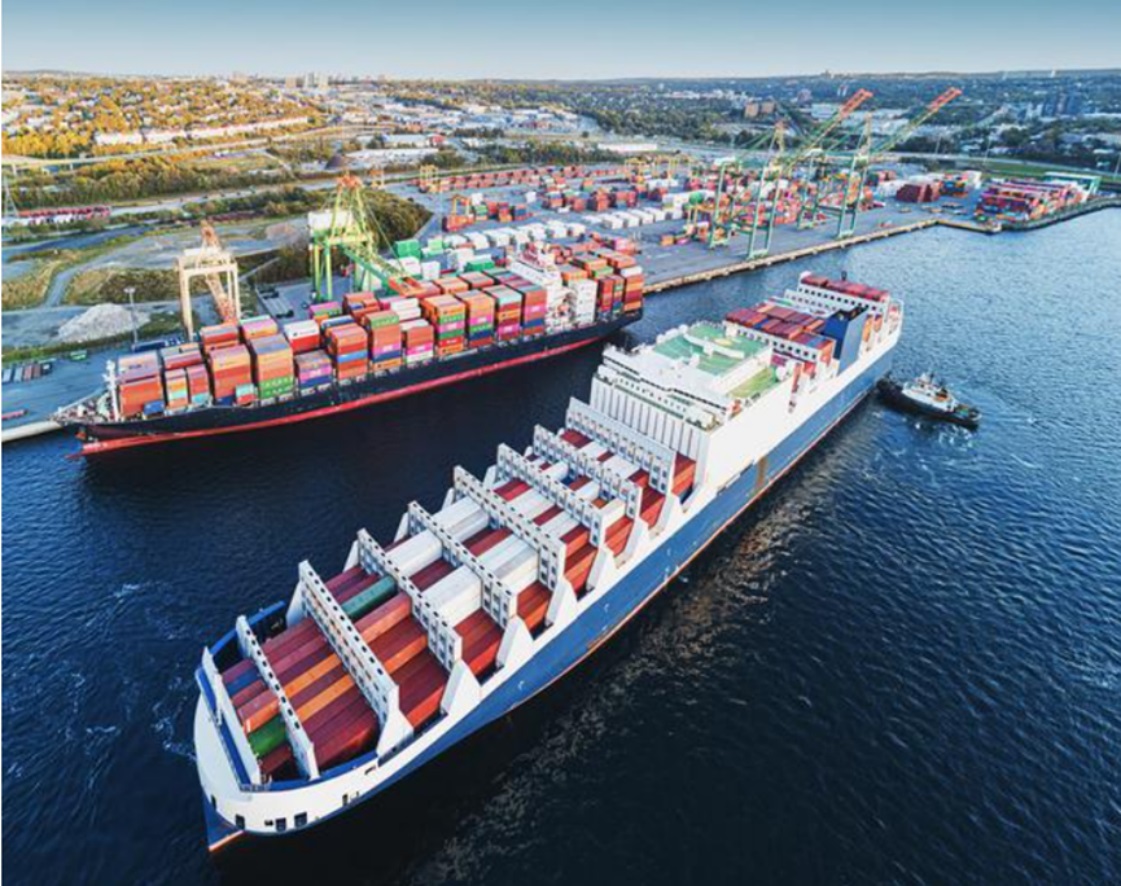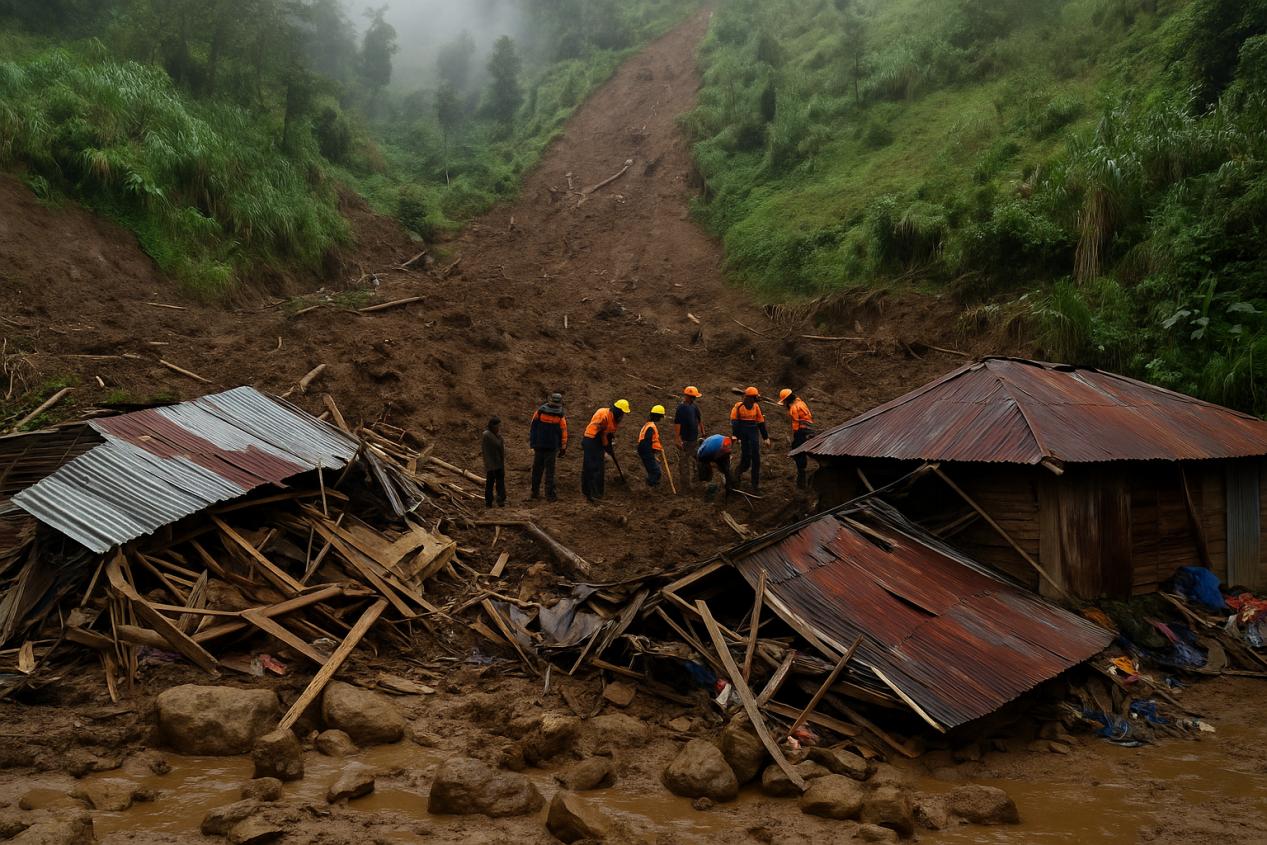
The Panama Canal connects the Pacific Ocean to the east and the Atlantic Ocean to the west, with a total length of more than 80 kilometers, and is an important global trade waterway. The Panama Canal is between the two oceans, and it is also the customary dividing line between North America and South America. The Panama Canal eliminates the need for ships to circumnavigate South America, greatly reducing the distance between Europe and Asia and the Pacific and Atlantic oceans, respectively. Recently, with the increasing congestion of the Panama Canal, transit auction prices have soared, and VLGC rents have risen sharply. The cost of a VLGC vessel from the Middle East to Japan increased by 29% in just one week. In April this year, the Panama Canal Authority issued a notice that due to the relief of the drought, the Panama Canal river level showed signs of recovery, so it will gradually relax ship restrictions and other measures, from a month ago, the maximum 27 ships adjusted to 32.
From this week's data analysis, the average VLGC waiting time on the Panama Canal reached 35.6 hours, and the congestion in the Panama Canal has a broad and far-reaching impact on the global economy, involving shipping, energy, raw materials and imports and exports. In order to alleviate this congestion, it is necessary for the Canal Authority and relevant agencies to take effective measures to improve the navigation capacity and operational efficiency of the canal. The first is to optimize canal management and improve the operational efficiency and decision-making speed of the Canal Authority. By introducing advanced information technology and management methods, the Panama Canal Authority has greatly improved the operational efficiency of the canal. For example, they use automatic control system to efficiently monitor the operating status of the canal and find and solve problems in time. At the same time, they have also strengthened communication and cooperation with relevant parties such as ships and operators to jointly promote the development of the canal.
The Panama Canal Authority has submitted a document to the IMO that analyzes and Outlines the various factors and impacts affecting ship emissions and makes recommendations for optimizing routes. The Panama Canal Authority has also strengthened the analysis and detection of carbon emissions in the daily operation of the canal. At the same time, the Panama Canal Authority has also developed a software that can quickly calculate the carbon dioxide emissions of ships on designated routes, providing shipowners and operators with the basis for optimizing routes and relevant professional data, and also helping shipowners and operators understand the environmental impact of canal operations. And provide a strong basis for the next step to formulate emission reduction measures.
Third, to promote clean energy and strengthen water resources management, in order to reduce the carbon emissions of ships passing through the canal in daily operation and protect the ecological environment of the canal waters, the Panama Canal Authority encourages ships to use clean energy, such as liquefied natural gas. The Panama Canal Authority also vigorously promotes the use of renewable energy, such as photovoltaic power generation, hydropower, etc., to reduce the dependence on fossil fuels, but also will greatly reduce costs and carbon emissions. In addition, the Panama Canal Authority has taken a series of measures to maintain, protect and manage water resources, so as to achieve reasonable allocation of water resources, strengthen water quality testing and other purposes to ensure the protection of the ecological environment and lay the foundation for the normal operation of the canal.

To sum up, the joint efforts of the Panama Canal Authority, the government, shipping companies and other relevant parties are continuously optimizing canal management through a series of measures such as strengthening carbon emission monitoring and analysis, optimizing routes, promoting clean energy, strengthening water resources management and improving operational efficiency, which can more efficiently alleviate canal congestion and promote the development of the global shipping industry. To provide more efficient, safe and environmentally friendly services to the global shipping industry.

According to a report citing the Messenger Post of Papua New Guinea, a severe landslide occurred in the Wapenamanda area of Nga Province, Papua New Guinea recently, burying three houses and causing at least 11 deaths and over 20 people missing.
According to a report citing the Messenger Post of Papua Ne…
In the latest meeting minutes released by the Bank of Japan…
November 4th witnessed a "day of terror" in the cryptocurre…
On October 26th local time, Tesla's CEO Elon Musk announced…
When the US National Nuclear Security Agency fell into an "…
On November 3, 2025, Peru suddenly announced its diplomatic…